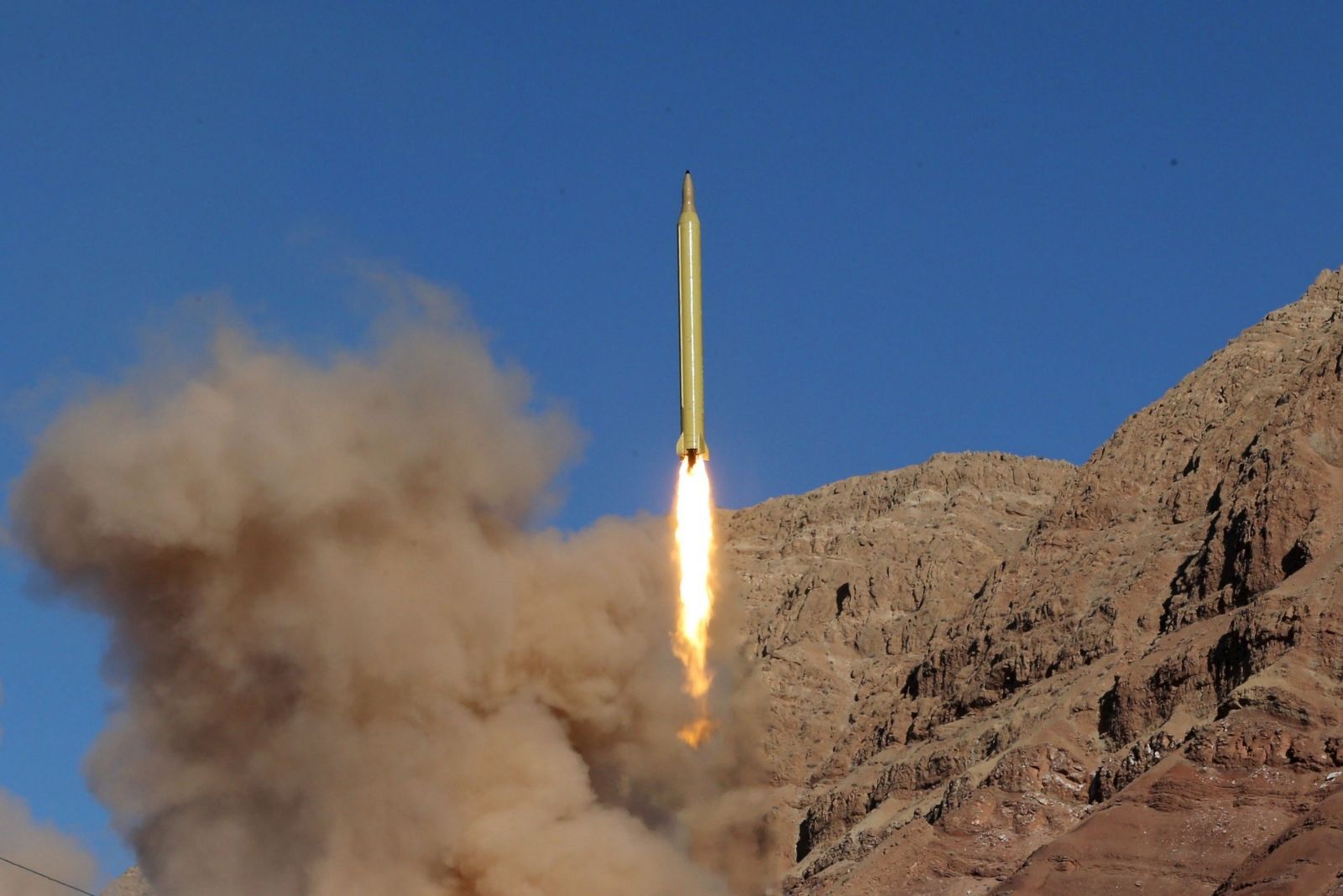US Department of Defense, WASHINGTON: Even as the Defense Department hurries to get as many Mine Resistant Ambush Protected vehicles as possible to Iraq, it’s busy working to improve on the heavily armored vehicles to make them more survivable and easier to maintain.
The department is on the fast track to get the V-hulled vehicles that provide increased protection against underbelly blasts as quickly as they roll off the assembly line. Defense Secretary Robert M. Gates asked Congress for approval to transfer an additional $1.2 billion to the MRAP program. If approved, the department will be able to increase its total MRAP order to 6,415 vehicles. An estimated 3,500 vehicles are expected to be delivered to Iraq by Dec. 31.
“We are always looking for improvement,” said Marine Brig. Gen. Michael Brogan, commander of Marine Corps Systems Command, who serves on the Defense Department’s MRAP task force. “We want to get better. We want to go faster.”
That eye for improvement extends to the vehicles themselves. Even as the assembly lines run at full throttle, the Defense Department is seeking ways to improve on the current MRAPs, senior defense officials explained during a Pentagon news conference yesterday, testimony on Capitol Hill today and in an interview with American Forces Press Service and the Pentagon Channel.
Testers at Aberdeen Proving Ground, Md., have been working around the clock since January to evaluate prototype vehicles to ensure they provide needed protection and are able to stand up to combat conditions, said Army Lt. Gen. Stephen Speakes, the Army’s deputy chief for programs and resources and a member of the Defense Department’s MRAP task force.
“It will do us no good to put a piece of equipment over in the combat zone that doesn’t have the kinds of capabilities we need,” he said.
As they evaluate the vehicles, the Aberdeen Test Center staff is looking at ways to improve them, passing recommendations from military testers directly to the vendors, Brogan said.
Soldiers, sailors, airmen and Marines who have served in the combat theater get behind the wheel and subject the MRAPs to the same kinds of conditions they faced there. Their feedback gets passed to vendors, and some of their recommendations already are being incorporated into the vehicles, he said.
The goal, Brogan said, is to “ensure that what we deliver to the troops is exactly what they need to accomplish their mission.”
Troop testing is just one part of a three-part testing regime that’s ensuring MRAPs being fielded meet critical standards.
“Exploitation testing” ensures they have the ballistic protection required to stand up to improvised explosive devices and other ballistics, Brogran said. Automotive testing ensures they’re reliable in conditions they’re likely to encounter in Iraq.
Just as the constantly changing battlefield requires troops to constantly adapt their tactics, techniques and procedures, Speakes said, their equipment needs to adapt, too.
“Right now we know one thing: Soldiers and Marines need improved protection, and MRAP is the immediate solution,” he said. “And we’re all part of a team that’s committed to providing the very best as fast as we can.”
Taiwan detects 37 Chinese aircraft near island
Taiwan said it detected 37 Chinese fighter jets, drones and other aircraft near the self-ruled island on Sunday as Beijing...









